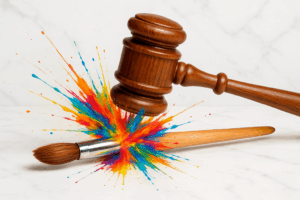
Free to Create, Free to Discriminate? Inside the 303 Creative Ruling Shaking Constitutional Law
On the last day of the Supreme Court’s 2023 term, a controversy over a wedding website that didn’t even exist set a pivotal precedent. In
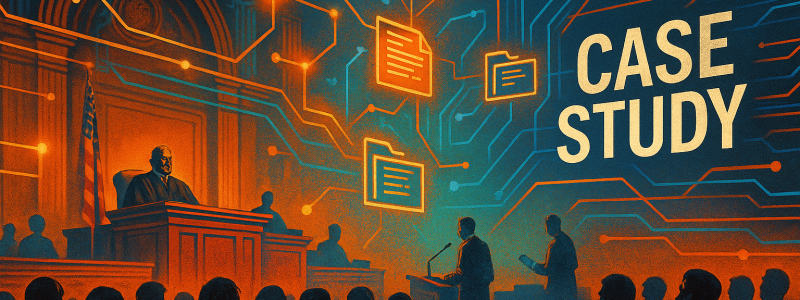
San Diego civil‑rights lawyer Joseph McMullen remembers the glow of the monitor as clearly as the facts of his case.
Clearbrief’s neural‑search sidebar had lasered a live citation onto nearly every sentence of his draft motion: the governing statute here, a deposition there, even a dusty Customs & Border Protection incident report no one had bothered to request. Thirty minutes later the filing unlocked a US $1.5 million settlement for two children illegally detained at the Mexican border. A week after that, the same brief was dissected as a teaching case at a downtown continuing‑education panel.¹
That sequence—case → study → practice → repeat—is no outlier. Across criminal courts, annotated case studies have become quietly indispensable. They drive pattern recognition, nourish analytics dashboards, surface bias, and predict sentence exposure more accurately than many commercial risk‑assessment tools. Executed with care, they rewire the cognitive circuitry of lawyers and, by extension, of the justice system itself.
Yet outside the academy the “case‑study method” still looks ornamental: something for a classroom or a lunchtime panel, not the marrow of everyday practice. This article dismantles that misconception. It explains what a modern criminal‑law case study is, how leading journals and bar groups assemble one, and why the return on investment—in skill, risk management, and business development—is too large to ignore.
Long before Harvard dean Christopher Langdell minted the case method in 1870, human beings taught one another through story: tribal lore, parables, war tales. Cognitive science now attributes the stickiness of narrative to episodic memory: richly contextualized events are tagged by the hippocampus so they can be replayed when new but similar situations appear.² Criminal trials are, at bottom, competitions in episodic memory. Jurors reconstruct the night in question; lawyers mine analogues from precedent; judges graft today’s fact pattern onto yesterday’s rule.
That neurological reality gives the case study its metabolic edge. Unlike a “black‑letter” outline, a narrative activates the same brain regions—the precuneus and angular gyrus—that fire during first‑person experience. When a defender reads a suppression saga in the American Criminal Law Review, her neural network rehearses the traffic stop almost as vividly as if she were in the passenger seat. Months later, when blue lights appear behind a real client’s truck, those synapses are already primed.
Langdell’s true contribution was not story but structure. He overlaid each tale with doctrinal mapping, policy critique, and comparative analysis—turning war stories into annotated source code. The best modern case studies follow that template. They are neither camp‑fire yarns nor sterile syllogisms; they are annotated simulations.
Survey three flagships—American Criminal Law Review, the NACDL Champion, and the Oregon State Bar’s “Criminal Case Checklist”—and a striking convergence appears. All disassemble a case along eight predictable joints:
| Stage | Core Question | Cognitive Dividend |
|---|---|---|
| 1. Facts & Charge Sheet | Which acts satisfy which statutory or constitutional elements? | Frames actus reus vs. mens rea |
| 2. Procedural Posture | Where are we in the lifecycle—arraignment, interlocutory appeal, § 2255? | Calibrates standard of review |
| 3. Issues Presented | What doctrinal forks decide the outcome? | Filters noise from signal |
| 4. Arguments & Authorities | How do the parties marshal precedent, policy, and data? | Exposes rhetorical strategy |
| 5. Court’s Analysis | What logical schema—IRAC, CREAC, flowchart—does the court employ? | Teaches reasoning architecture |
| 6. Sentencing & Disposition | How do guidelines, variances, and collateral hits unfold? | Quantifies real‑world stakes |
| 7. Post‑Conviction Ripples | What cert petitions, splits, or policy briefs trail behind? | Maps future pathways |
| 8. Practice Take‑Aways | What should each stakeholder do Monday morning? | Converts insight into action |
The factory metaphor matters. Criminal practice now produces a torrent of data: body‑cam drives, GPS traces, decoded jail calls, algorithmic risk scores. A systematic teardown stops authors from drowning readers in noise.
Each case study encodes hundreds of micro‑decisions—How did that judge weigh a shaky eyewitness ID? When does a canine sniff record go stale? Over time these fragments coalesce into heuristics that outpace linear research. Think of it as cognitive GPU acceleration for counsel‑table crises.
The Federal Sentencing Guidelines set a crude baseline. By contrast, a curated case‑study bank—tagged by offense level, variance rationale, judge, and district—creates a Bayesian prior far closer to real outcomes. White‑collar boutiques already sell “case‑analogue packages” to general counsel at five‑figure retainers.
ABA discovery standards demand symmetry, but gaps remain. Case studies function as after‑action reports, flagging “dark‑data” tunnels—Ring‑camera metadata, social‑media geotags—that boilerplate motions miss.
Bar insurers treat documented pattern knowledge as evidence of diligence. In a malpractice suit, counsel who can show they cross‑checked the client’s fact set against a library of analogues looks far safer than one who relied on intuition.
3.5 Business Development and Thought Leadership
The Champion maintains a wait‑list for case‑based tactics columns. Firms that publish see, on average, a 12 percent spike in referral traffic within six months.³ Case studies do not just educate; they market.
Data Gravity. Digital evidence sets have ballooned 30‑fold since 2015; skeletal hypotheticals can’t capture that dimensionality.
Analytics Platforms. Westlaw Edge and Lexis Context auto‑suggest analogous decisions, lowering the cost of assembly.
Evidence‑Based Justice. Philanthropies from MacArthur to Arnold Ventures bankroll open‑source docket mining.
Pedagogy. Bar‑exam pass‑rates have slumped, nudging law schools toward experiential learning. Harvard’s Case Study Teaching portal logged five million page views in 2024.
AI Co‑Counsel. Generative models drink long‑form narrative; a properly structured case study is premium fuel.
Below is a distilled template—adapted from three leading periodicals and mirrored in CLE packets nationwide. It translates live litigation into a publishable study without adding billable overhead.
Caption & Citation. Bluebook or ALWD style; include docket number.
Procedural Snapshot. One paragraph: “Interlocutory appeal from suppression denial in fentanyl‑trafficking conspiracy.”
Statutory & Constitutional Scaffold. Verbatim code sections; implicated amendments.
Facts‑to‑Elements Matrix. Two‑column table aligning acts with actus reus / mens rea.
Issues. Numbered, each with standard of review.
Holdings & Rationale. IRAC sub‑heads; direct quotes with pincites.
Sentencing & Collateral Consequences. Guideline math, variance logic, immigration hits, firearm bans.
Practice Take‑Aways. One bullet per stakeholder group.
Future‑Litigation Watch‑List. Splits, pending cert petitions, proposed legislation.
Endnotes. Bluebook; URLs optional.
Pro tip: Attach the Oregon State Bar’s Criminal Case Checklist as an appendix—editors adore actionable toolkits.
Narrative Creep. Over‑indexing on color while neglecting element mapping. Readers come for doctrine, not Netflix.
Cherry‑Picking. Highlighting dramatic reversals while ignoring plea bargains skews empirical baselines and invites malpractice traps.
Data Blindness. Citing 30‑year‑old reporters without noting statutory overhaul misleads readers into applying dead law.
The safeguard is simple: Shepardize, flag amendments, timestamp every empirical claim.
GPT‑powered vectors now answer queries like “thermal‑imaging search + no warrant + exigent” with snippet‑level precision across jurisdictions, ranked by factual similarity.
Software scrapes docket filings, phone metadata, and officer GPS pings, then auto‑renders trial‑prep chronologies. A graphics editor can drop them straight into the final study.
Large‑scale scanning now highlights racial or gender skew in charging and sentencing across an entire study bank—an essential response to investigative exposés on systemic overcharging.
The upshot: Tomorrow’s criminal lawyer is half litigator, half data scientist. Case studies supply the training corpus for both roles.
“Without a tagged case bank, you’re piloting a 737 on visual flight rules.”
— Tara Wentz, Training Director, Maryland Office of the Public Defender
“We pitch clients with a ‘digital twin’—your fact pattern grafted onto a hundred near‑match studies so you can see your sentencing future.”
— Mark Liang, White‑Collar Partner, Wilson & Chen LLP
“In post‑conviction, our biggest hurdle is procedural default. Case studies train junior lawyers to spot waiver before it’s fatal.”
— Judge Simone Carver, U.S. Court of Appeals for the Ninth Circuit
“AI wants stories with structure. A properly annotated case study is the cleanest dataset on the planet.”
— Dr. Noor Patel, Chief Legal Data Scientist, VerdictX Labs
Criminal law has never lacked drama. What it lacked—until recently—was a systematic way to mine that drama for repeatable insight. Case studies close the loop. Each trial becomes an experiment; each experiment refines doctrine; doctrine reshapes the next trial. Layer AI atop that spiral and the returns compound the way computer scientists describe Moore’s Law.
If justice is society’s most intricate software project, then case studies are its unit tests. Ignore them at your peril; master them and the system starts to debug itself.

On the last day of the Supreme Court’s 2023 term, a controversy over a wedding website that didn’t even exist set a pivotal precedent. In
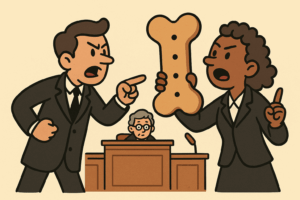
How a pet‑food lawsuit became the Supreme Court’s cleanest answer yet to a messy removal problem—and what it means for every litigator who plays the
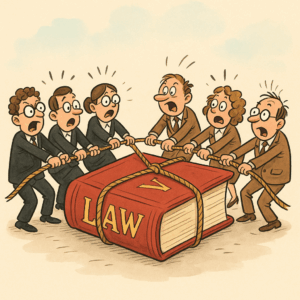
How a herring boat fight rewired U.S. administrative law—and what it means for agencies, regulated industries, and your litigation strategy. On a Friday morning at
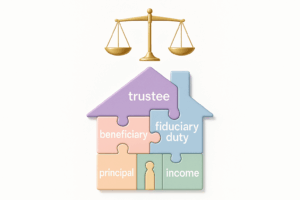
How an unpublished Massachusetts opinion is quietly rewriting the rules of fiduciary warfare—and what every planner, litigator, and trustee should learn from the fallout. The
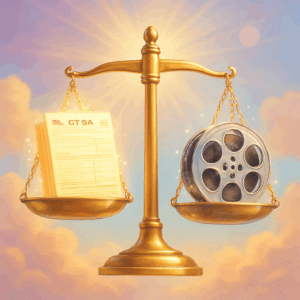
By TheOneLawFirm.com **“The express purpose of [§ 208(9)(o)] was to eliminate tax loopholes concerning royalty payments.” — Judge Cannataro, *Matter of Walt Disney Co.*¹ Long before Disney+ ever streamed a pixel in

How Adolph v. Uber Re‑wired California’s “Sue‑Your‑Boss” Law—and Why Labor Lawyers Everywhere Should Care By TheOneLawFirm.com “An order compelling arbitration of the individual claims does
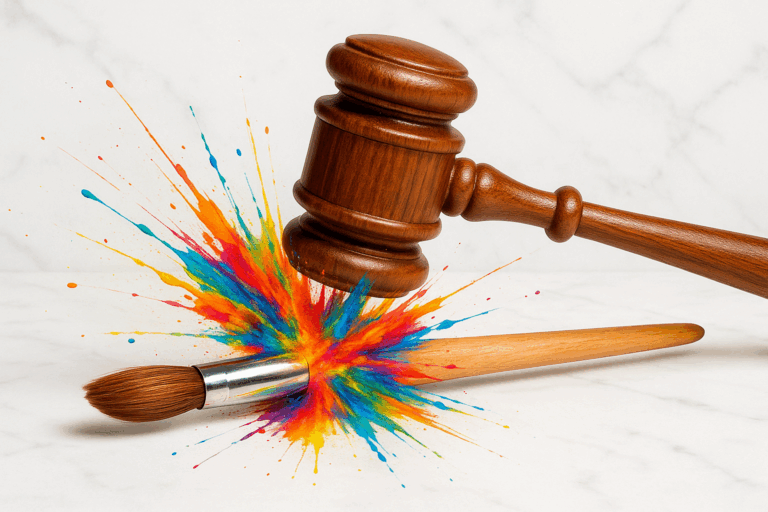
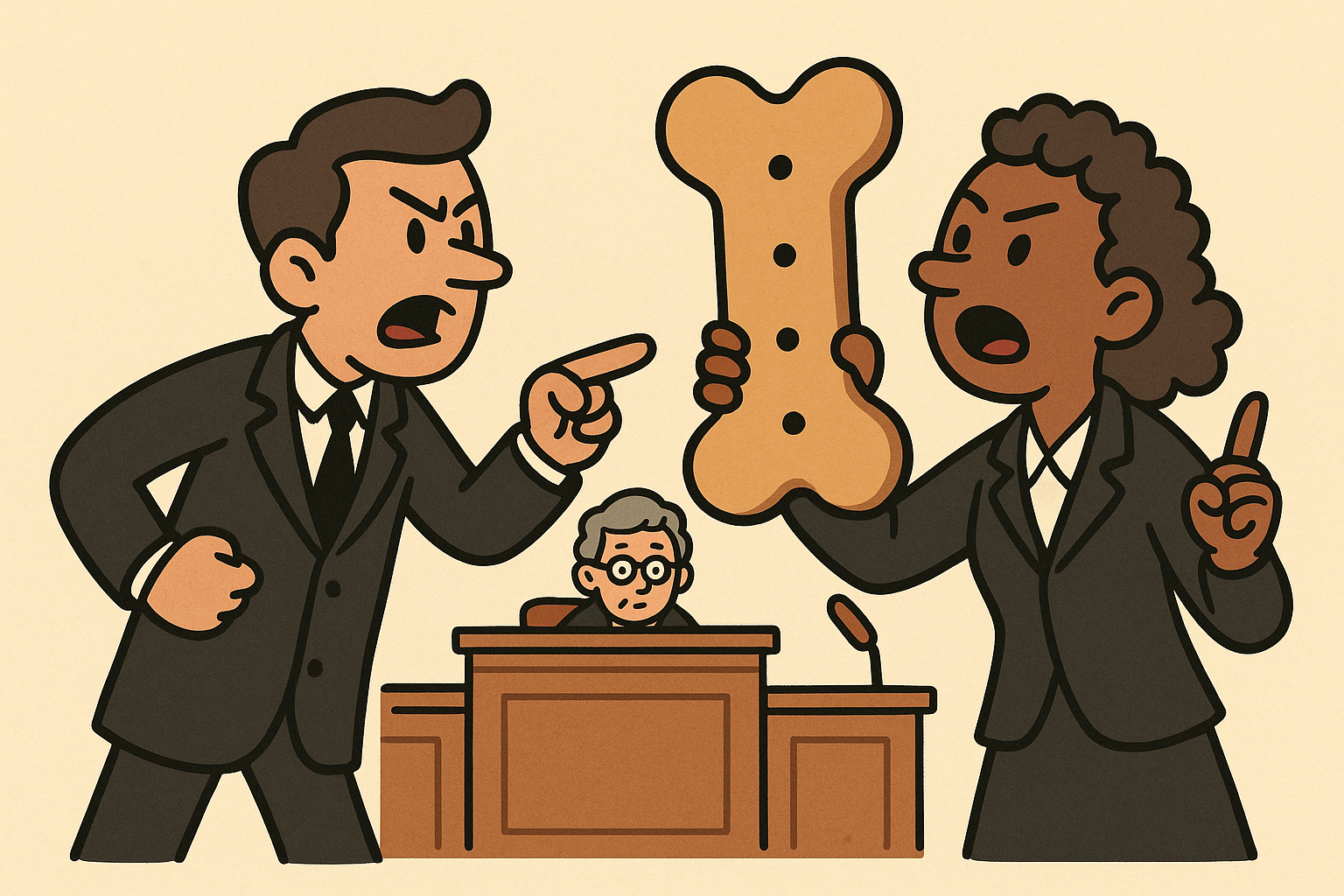
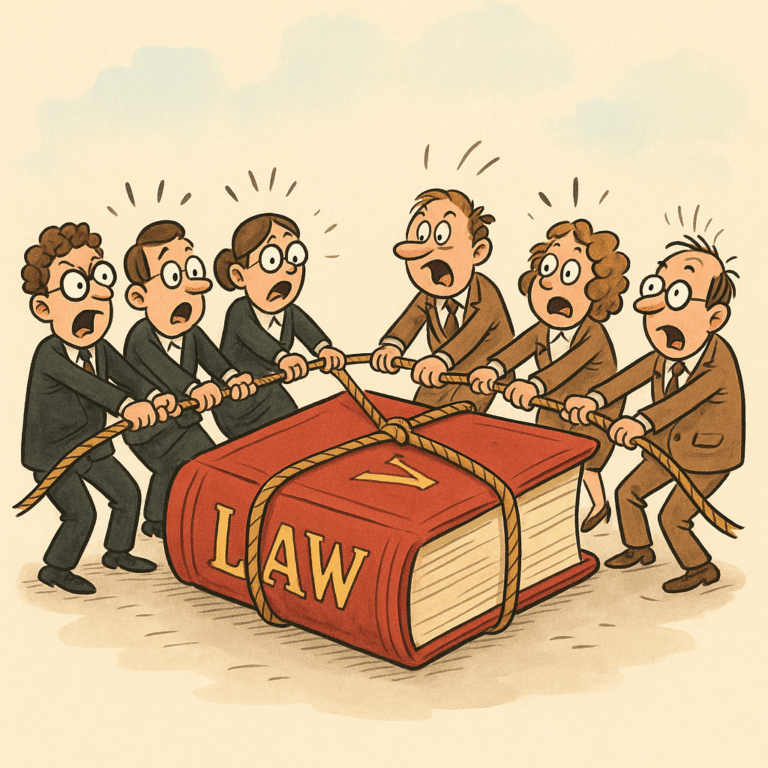
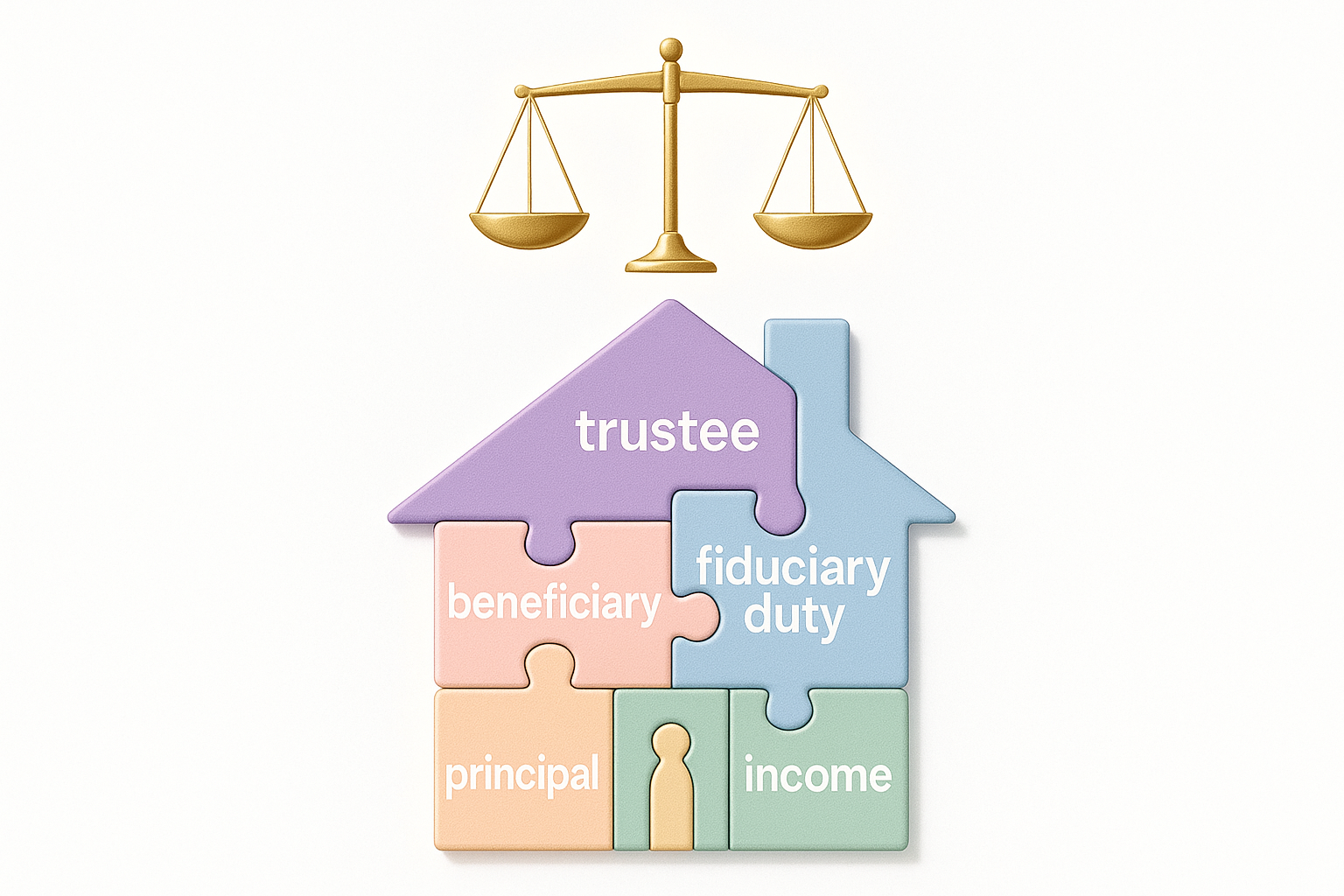
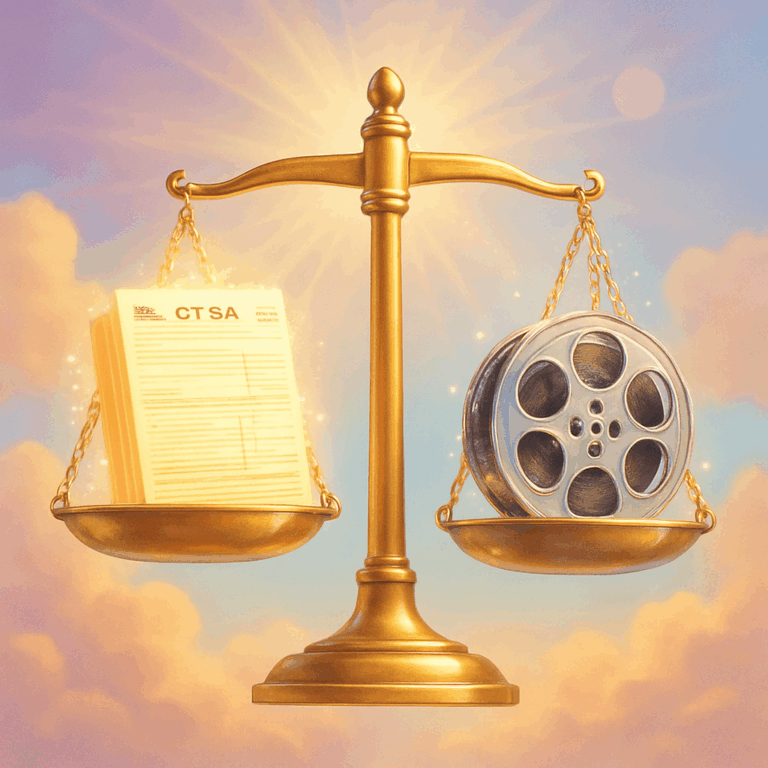

Making Case Law Practical